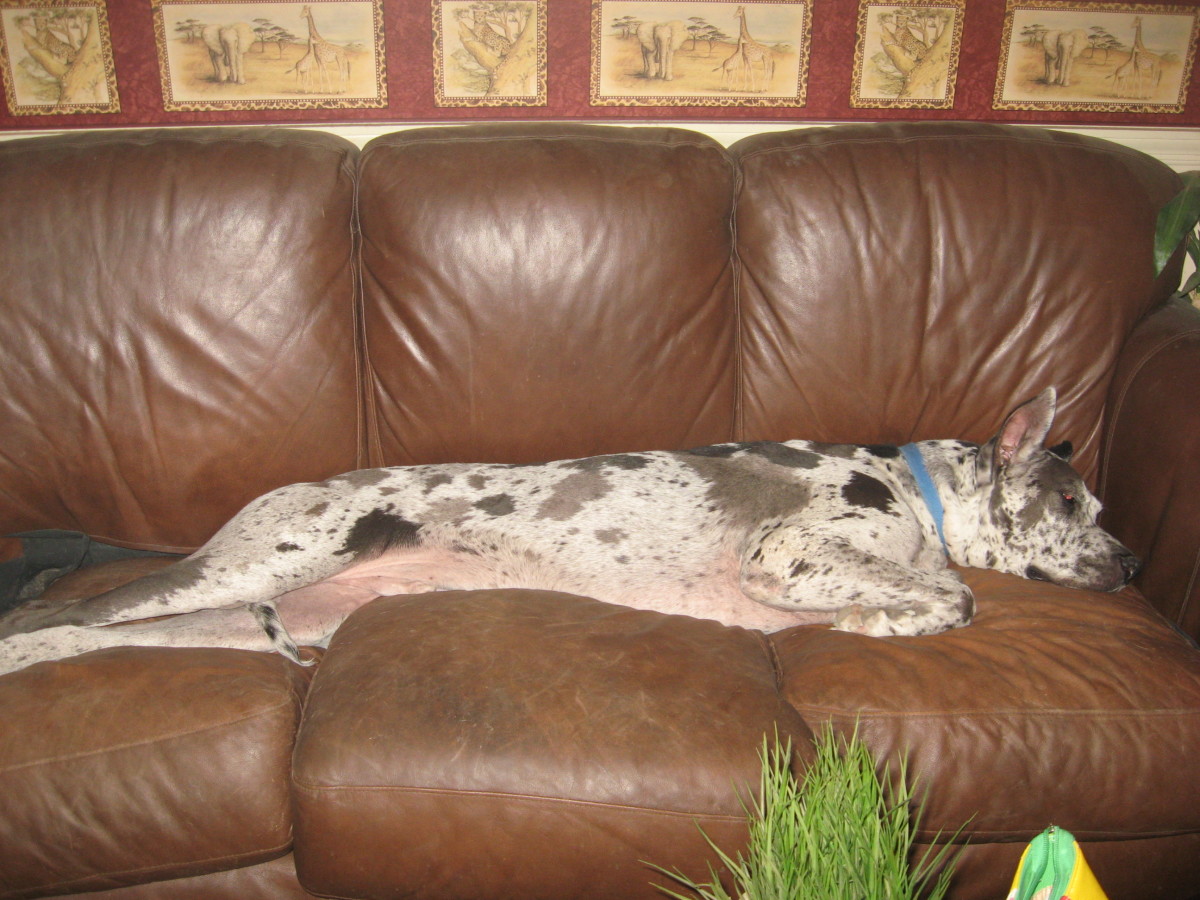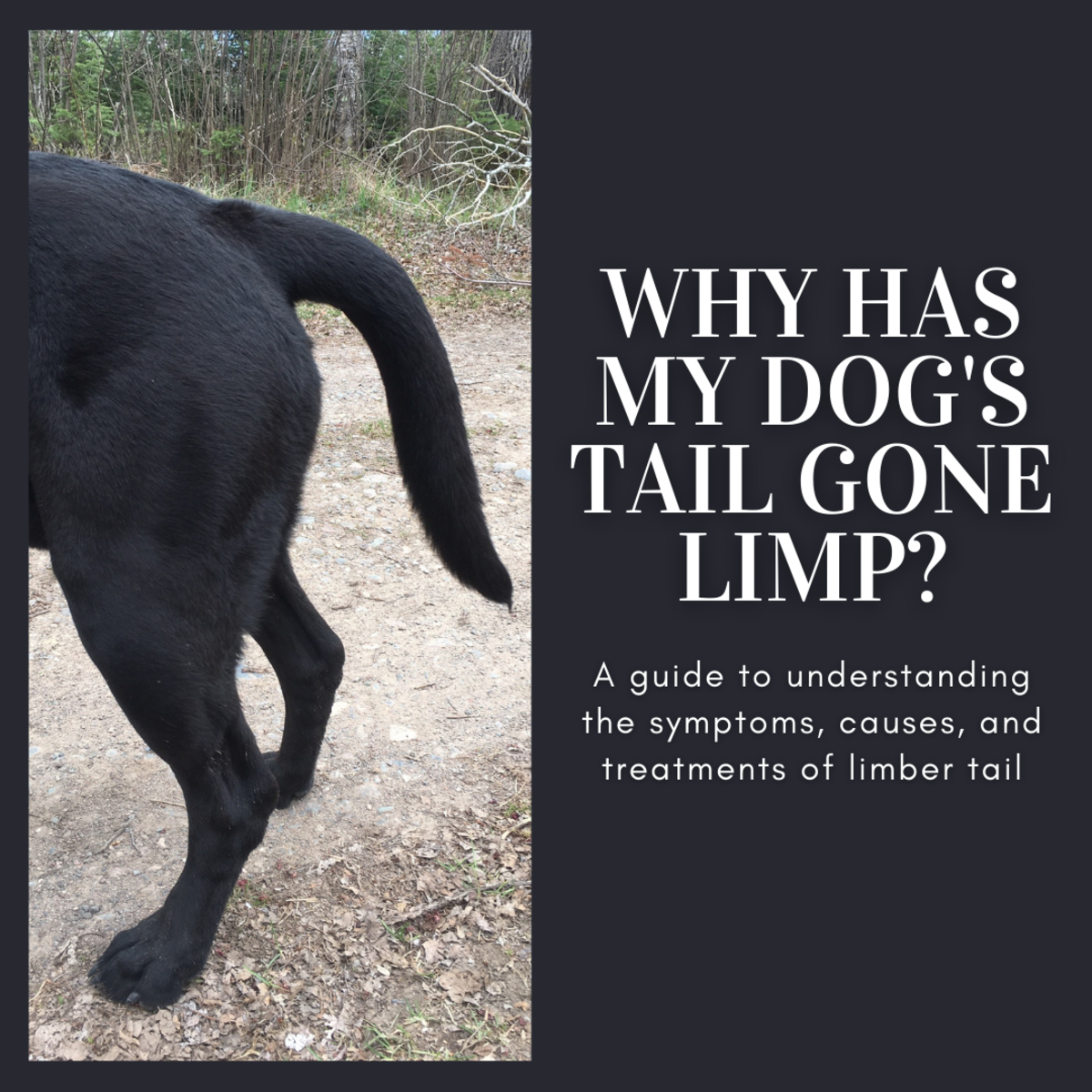Buddy System: Exercise with You and Your Dog (or Two)
According to the Centers for Disease Control, about one-third of American adults and seventeen percent of U.S. kids are obese. In addition, over half of U.S. adult pets, including dogs and cats, are overweight or obese, according to the Association for Pet Obesity Prevention’s 2010 National Pet Obesity Survey. Coincidence? Not really. Unhealthy owners likely have unhealthy pets: if you aren’t getting enough exercise, then your pet probably isn’t, either.

Like their people, pets need regular aerobic exercise—at least thirty minutes’ worth daily—to maintain physical and mental health. The good news is, even this small amount of activity is enough to help prevent obesity for both you and your pet. What’s more, people who exercise with friends not only lose more weight, but are also more likely to stick to an exercise routine, than those who go solo.
But who says your exercise buddy has to have only two legs? This summer, do you and your pet a favor by engaging in thirty minutes of exercise a day. You’ll look and feel better and, more importantly, you’ll strengthen the bond between you and your pet.
Probably the easiest way to exercise with your dog is to take a walk. Walking is an excellent low-impact activity from which you and your pooch will reap cardiovascular and muscular benefits. However, in order to get those benefits, you need to move at a brisk pace—at least 130 to 140 steps per minute (about a 15-minute mile). Invest in a step counter to help you track your steps-per-minute and the distance you cover each time you walk. You can find reasonably priced step counters at sporting goods stores and even some grocery stores in the health foods section.
Start off slowly to warm up, then increase to 130 to 140 steps-per-minute. As you increase your pace, you’ll notice that your dog’s focus will also begin to change: he will be less distracted by his surroundings and more intent upon the space in front of him. This is partly because you, too, will be focused on maintaining a brisk pace, and dogs take cues from their owners to determine what they should be doing during an activity.
As your and your dog’s fitness improve, begin incorporating intervals into your walking routine. Walk at a pace of 140 to 150 steps-per-minute for thirty seconds, then ease your pace to 110 steps-per-minute for two minutes. (You might also try walking at 150 steps for one block, then 110 steps for two, and so on. Vary your intervals using landmarks that make sense for you.) Repeat these intervals for thirty minutes. Be sure to cool down for five minutes with an easy walk back to the house followed by some light stretching and lots of water (for both you and Fido).
Interval training is an excellent way to challenge yourself and your dog both physically and mentally. Intervals increase your cardiovascular health, encourage fat loss, and help you avoid plateaus. Best of all, it’s hard to get bored when you do intervals not only because you have to concentrate on the changes in pace or environment, but also because there are so many ways to mix up your routine.

For example, as your fitness levels increase, you can begin to incorporate jogs and sprints into your walks. Begin hill training: walk or jog up and down a hill for thirty minutes, or walk a hilly trail. Alternate walking or running on pavement with short intervals on grass—a grassy surface targets small stabilizing muscles in your legs that you wouldn’t normally use, and provides a lower impact surface for those with back, knee, and joint problems. (Just be careful that you or your dog does not step in a hole or twist an ankle on uneven ground.) If you live near a beach, try walking on the sand, then in the shallow surf, to work and tone different muscle groups in your legs and feet.
Interval training is a higher-impact activity than walking or jogging at a moderate pace on one surface, so be sure to alternate interval workouts with days of moderate activity so that your body and your dog’s have time to recover. Aim for two to three interval workouts per week, separated by days of walking, light jogging, or another form of cross-training. Wear supportive shoes no matter the exercise, as well as breathable, comfortable clothing. Get a comfortable harness for your dog—do not use prong or choke collars, as these can damage your dog’s throat, especially if you have to come to a quick stop.
If you or your dog has joint problems or arthritis, try a lower-impact exercise. You can stick with walking or, in fair weather months, take a swim together. You can still enjoy many of the activities, like running and fetch, that you do with your dog on dry land, but you and your dog are at a lower risk of injury in the water. Just be sure that you are swimming in a dog-friendly area, and do some research before you decide to swim. Check for chemical and physical hazards, like snakes, pipes, and glass, that could harm you and your pet. Be sure to bring lots of fresh, cool water along so that your dog stays hydrated and is less likely to drink potentially dangerous water. This is especially important if you’re in salt water, which can cause dehydration, diarrhea, and vomiting in you and your pet.
As with all exercise routines, consult your doctor—and your veterinarian—before beginning a major fitness plan, especially if you have not been exercising regularly. Dogs and people are injured more from exercising improperly than they are from exercising hard. Be in control of your activity: don’t sprint at a pace that you and your dog can’t handle, or that could cause harm for your pet or for you one of you trips, stumbles, or comes to an abrupt stop.
With regular, careful exercise, you and your pet will enjoy a long, healthy, happy life together!
- Association for Pet Obesity Prevention
The Association for Pet Obesity Prevention (APOP) has launched campaigns to fight pet obesity within the veterinary medical community, veterinary schools, and state and local veterinary organizations, and has reached out to various media outlets.








